The Great Debate: The Role of Calculators in Math Education
The great debate over calculator use in the math classroom, particularly in elementary school, will probably never be resolved. There are those who say there is no place for calculators in the classroom, whether elementary or high school. Then there are those who say that “mental math” is no longer necessary. That we live in an age of technology and memorizing multiplication facts or working math out with pencil and paper has become obsolete and a waste of time. So what exactly is the role of calculators in math education? Hopefully this post will help answer that question and give you some good ideas for your own students.
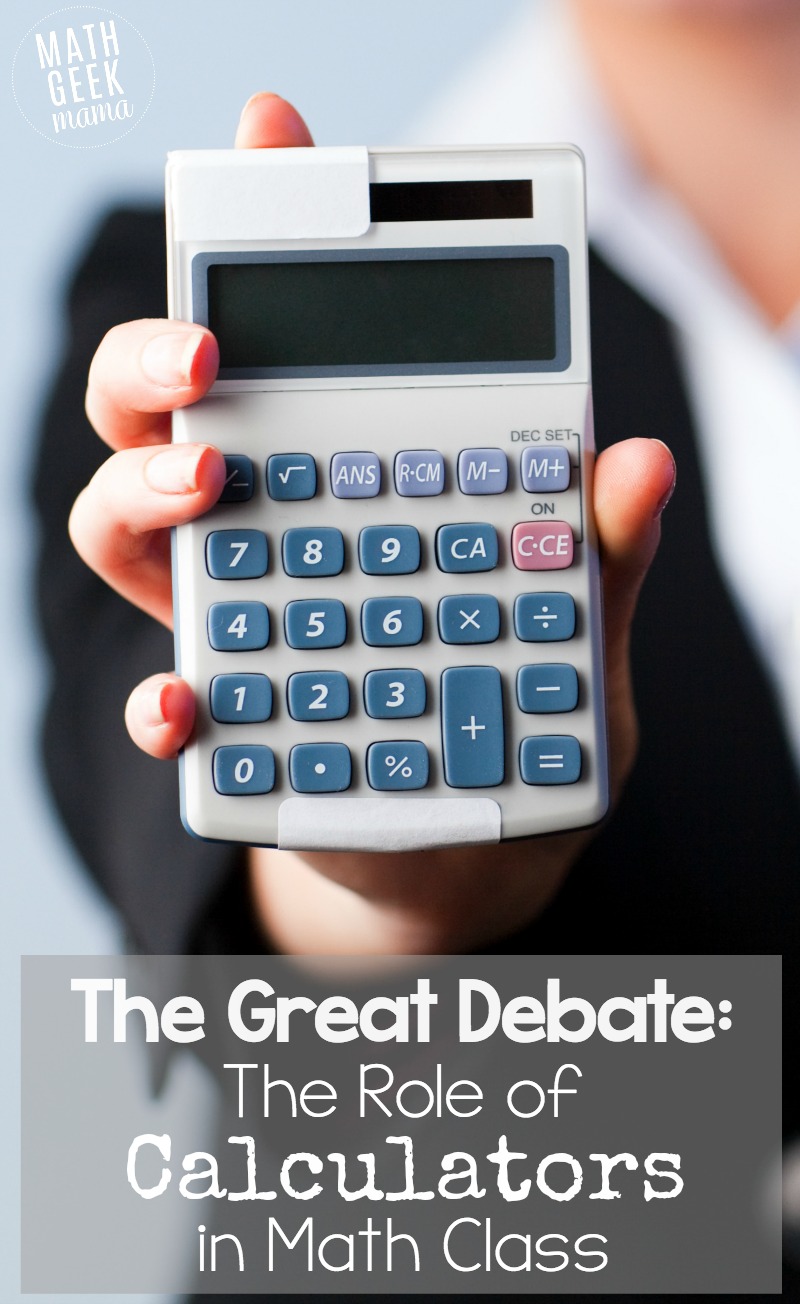
*Please Note: This post contains affiliate links which help support the work of this site. Read our full disclosure here.*
The Role of Calculators in Math Education:
I would like to argue that there is a balance to be found. The calculator can be a wonderful tool in the math classroom, if used in an appropriate setting and in an appropriate way.
For example, there are ways to incorporate calculators into the elementary classroom without using them for computation, but rather, to explore and discover.
If you are trying to teach students their multiplication facts, it won’t help them to let the calculator do all the work.
If you use a calculator, however, to show them the pattern of addition in multiplication, it can help enhance their number sense and build a stronger foundation for their multiplication facts.
While working out 9+9+9+9+9+9+9+9+9+9+9 would be long and tedious by hand, students can see the patterns quickly with a calculator.
Similarly, playing with the calculator to explore other patterns or create their own patterns can lead to excellent mathematical discussions and discovery.
In addition, students can explore the number Pi or the Fibonacci sequence with a calculator. This allows them to focus on the concept and discover new ideas rather than getting bogged down with computations.
Again, calculators should not be used to compute and solve problems in elementary school, or take the place of mental math exercises. But they can certainly enhance learning and allow for great discoveries if used in that way.
Calculators in High School Math Classes:
As students get older, the role of the calculator changes. There are times in high school math courses where the use of a calculator is helpful and effective.
For instance, graphing equations is an important skill in Algebra, but once students have mastered it, it won’t always be necessary to graph everything by hand. Letting the calculator do the heavy lifting can help students make observations about graphs and form connections between the equation, table and graph.
But a word of caution: I have definitely seen students who were too dependent on the calculator. It is incredibly easy to make careless mistakes by punching something incorrectly into the calculator.
If high school students don’t know how to do the basic computations by hand, or don’t have a good understanding of estimation, they may not even realize that the calculator got it wrong.
Whatever the context, balance is key! For more great ideas for using a calculator for exploration, see this NCTM article, or this article from Homeschool Math.
And stay tuned for my newest blog series, Math+Technology! I’ll be sharing even more ideas for using a graphing calculator to explore math concepts in middle and high school.
Happy learning and exploring!
How do you use a calculator or other technology in the classroom? Share in the comments!



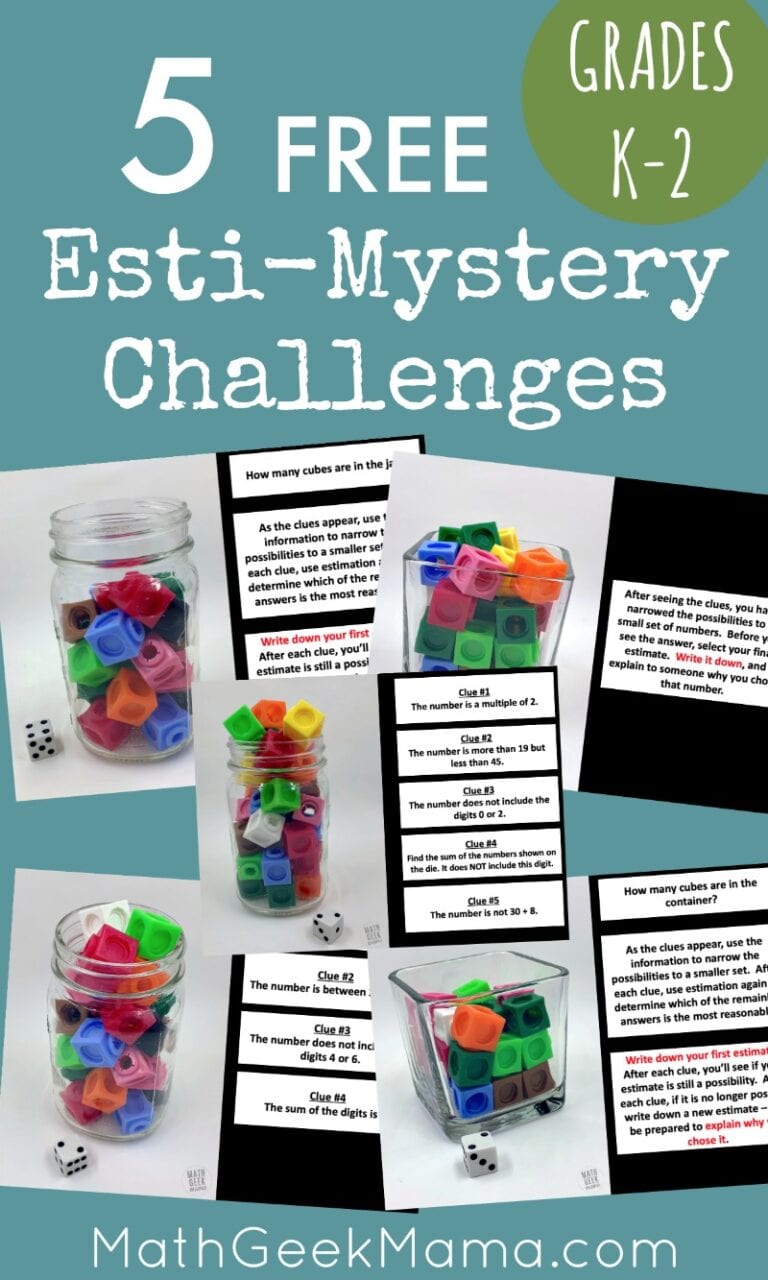
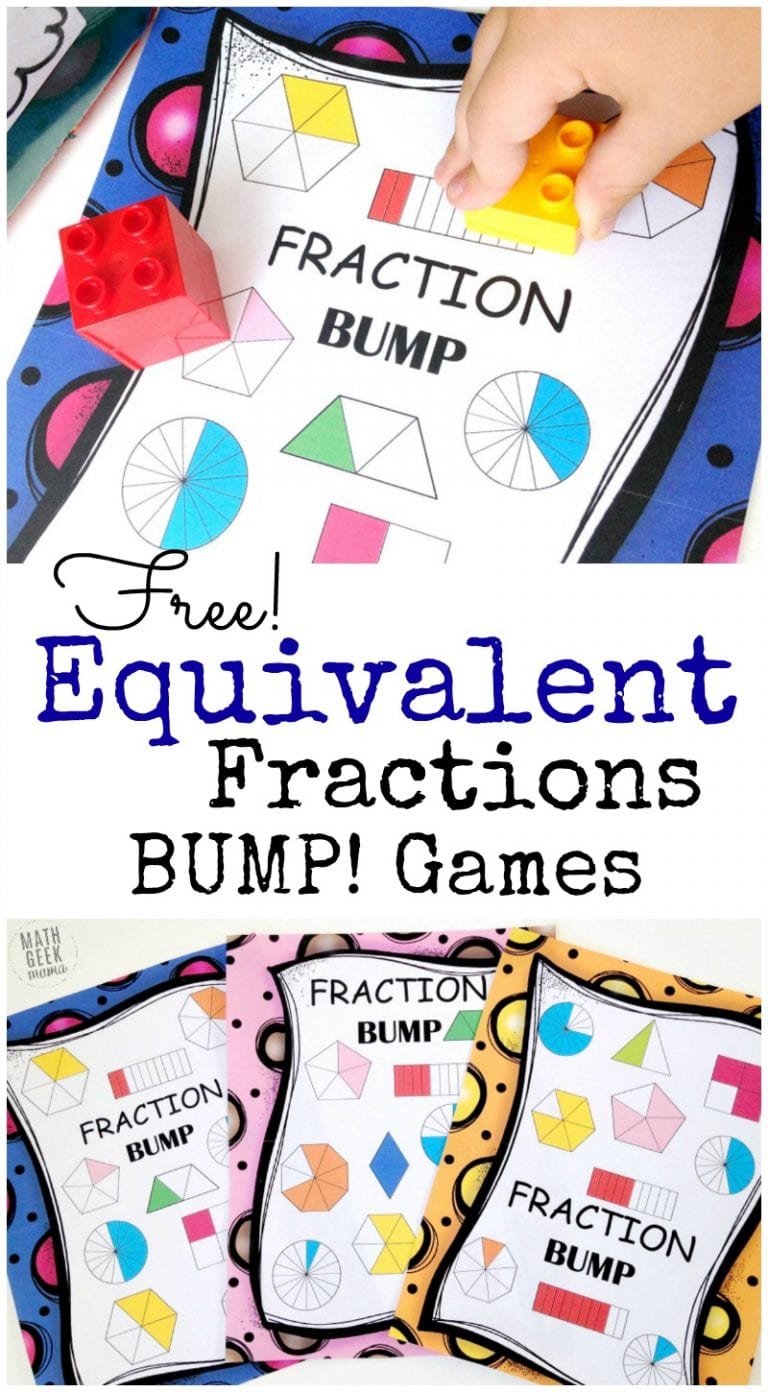
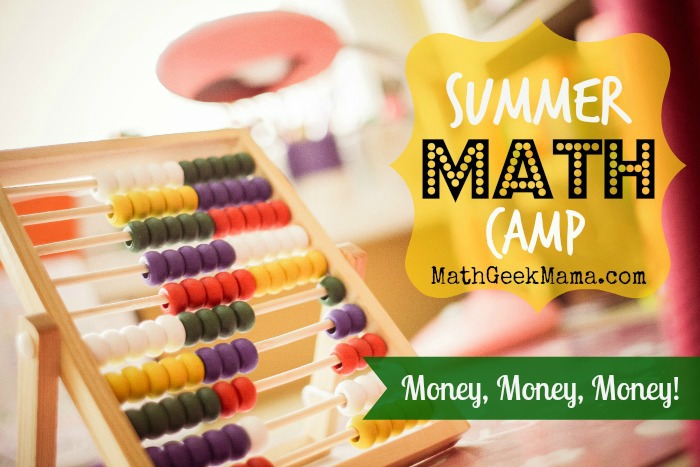
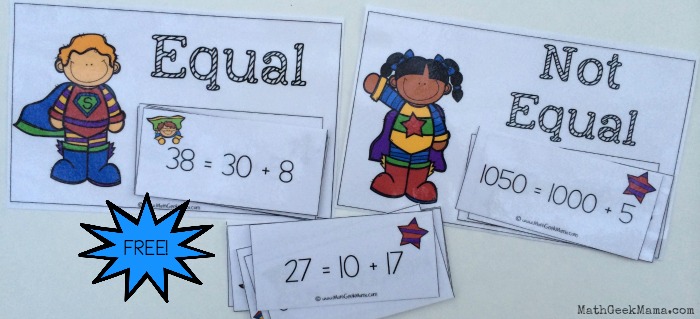
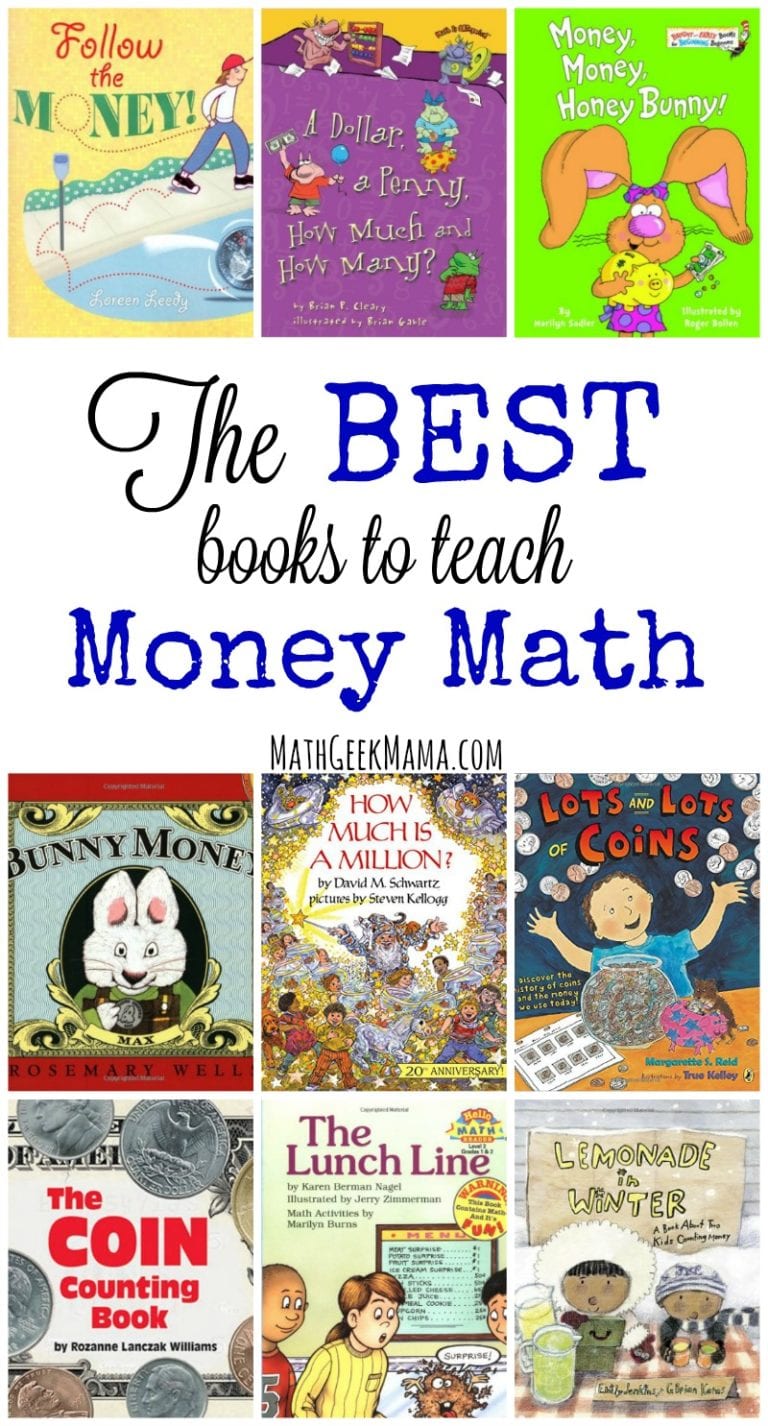




Best way to use calculator
Thanks